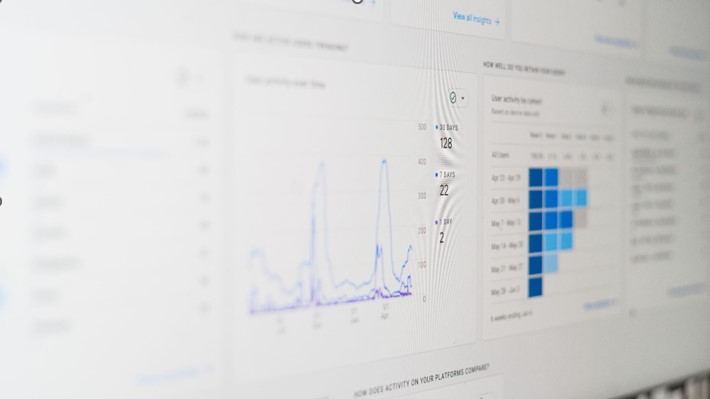How To Know If Someone Blocked You On iMessage? 5 Secret Hacks!
Apr 16, 2025

Apr 16, 2025

Apr 16, 2025

Apr 15, 2025

Apr 11, 2025

Apr 11, 2025

Apr 11, 2025

Apr 08, 2025

Mar 29, 2025
Sorry, but nothing matched your search "". Please try again with some different keywords.


In the realm of search engine optimization, or SEO, backlinks are vital. They help establish a website’s credibility and position in search rankings. However, it’s worth noting that not all backlinks contribute positively. Some, known as spammy backlinks, can damage a website’s image and adversely affect its search engine placement.
For this reason, people who run websites and those in the trading business employ various strategies to spot and manage these spammy backlinks. This article will highlight two major strategies: the manual method and the automated method. We’ll discuss the benefits and drawbacks of each strategy and provide useful guidance for the effective use of spam backlink checkers.
Spammy backlinks are low-quality links obtained from untrustworthy sources that aim to manipulate search engine rankings.
They often come from link farms, irrelevant websites, or networks designed solely for link-building purposes.
Search engines like Google penalize websites with spammy backlinks, leading to lower rankings or even removal from search results.
Spammy backlinks can harm a website’s credibility and reputation, resulting in decreased organic traffic and potential loss of revenue.
In-depth analysis: Manual checking allows traders to carefully review each backlink individually, examining their relevance, authority, and quality.
Personal judgment: Manual analysis enables traders to use their expertise and intuition to evaluate the potential harm or benefit of a backlink.
Discovery of patterns: Traders may identify specific footprints or common characteristics of spammy backlinks through manual analysis.
Time-consuming: Manually reviewing a large number of backlinks can be a labor-intensive and time-consuming task.
Limited scalability: Due to time constraints, manual analysis may not be feasible for websites with a significant number of backlinks.
Subjectivity: Evaluating backlinks manually introduces a subjective element, which may lead to inconsistencies or biases in judgment.

Let’s consider a case study of a trader who manages an e-commerce website. The trader noticed a sudden drop in organic traffic and suspected the presence of spammy backlinks. To investigate further, the trader adopted a hybrid approach:
As a result of this hybrid approach, the trader not only regained lost organic traffic but also improved the website’s overall backlink profile, leading to higher search engine rankings.
The presence of spammy backlinks can significantly impact a website’s SEO performance and reputation. To effectively combat this issue, traders have the option to choose between manual and automated backlink analysis methods. While manual analysis allows for in-depth evaluation and personal judgment, it can be time-consuming and subjective. On the other hand, automated analysis offers efficiency, scalability, and data-driven insights, but may lack context and rely heavily on algorithms.
By adopting a hybrid approach that combines the strengths of both methods, traders can leverage automated tools for data collection and initial identification of suspicious backlinks, followed by manual verification to assess the quality and relevance. Regular monitoring and timely disavowal or removal of spammy backlinks are essential to maintaining a healthy backlink profile and preserving search engine rankings.
Remember, a thorough and proactive approach to backlink analysis is crucial for maintaining a strong online presence and maximizing the potential of your website in the competitive digital landscape.
Read Also:
Abdul Aziz Mondol is a professional blogger who is having a colossal interest in writing blogs and other jones of calligraphies. In terms of his professional commitments, he loves to share content related to business, finance, technology, and the gaming niche.
View all Posts
How To Know If Someone Blocked You On iMessag...
Apr 16, 2025
7 Website Design Mistakes That Are Hurting Yo...
Apr 16, 2025
Programmable Dynamic SEO for Location-Based P...
Apr 15, 2025
Google Boba Game: How To Play This Fun Game B...
Apr 11, 2025
Which Is The Best Video Search Engine Of 2025...
Apr 11, 2025

